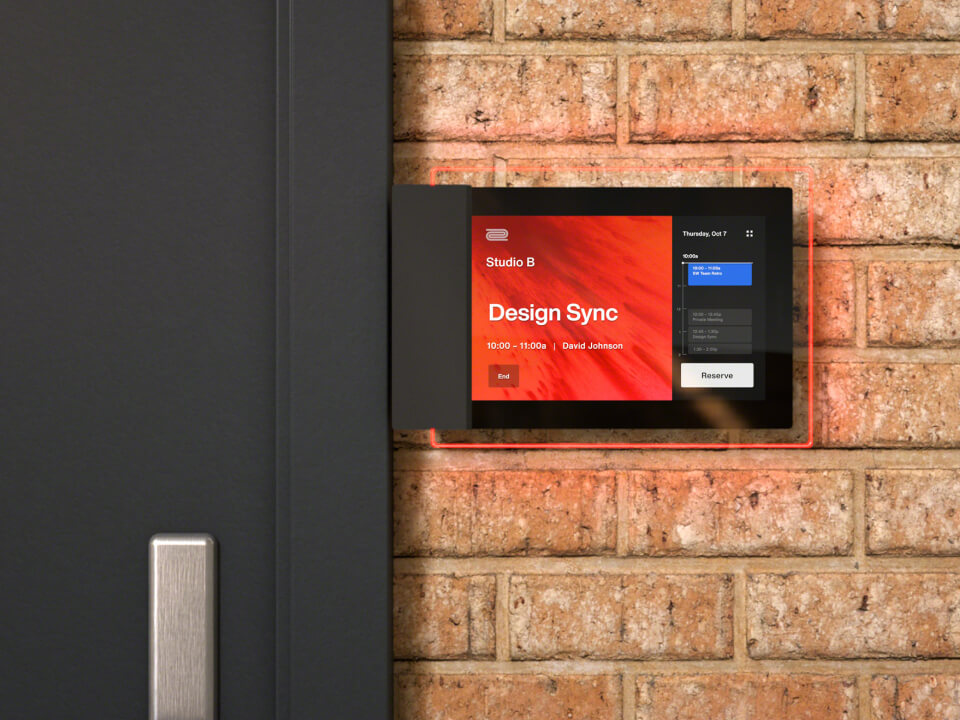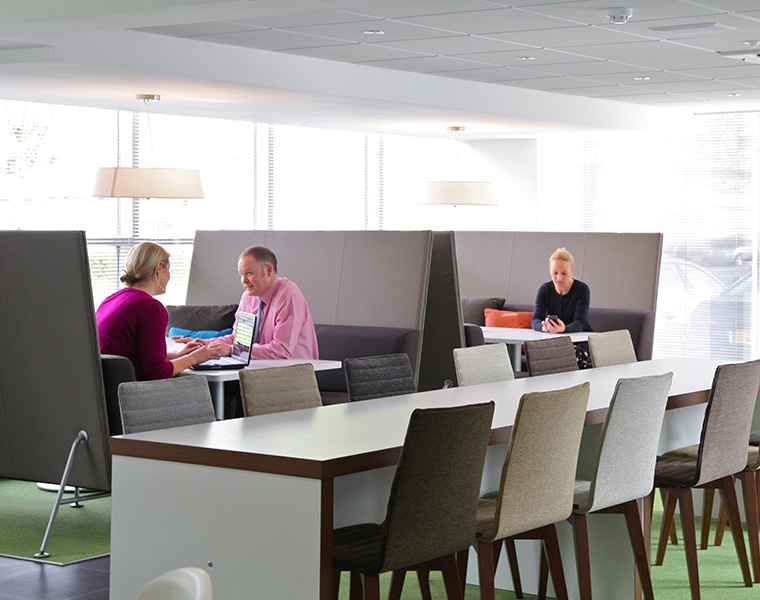What is a ‘third place’ you ask and what does this have to do with WorkCafés? The concept of the third place was explored by sociologist, Ray Oldenburg. His theory explains that the first place is your home, the second place is work, with the third place being a space for collaboration, social interaction and creates a sense of community, the example he uses is a ‘coffee shop’. This concept has been encompassed by many employers, google being one of them creating the ‘Coffee Lab’.
Employers are becoming more conscious of the value that attracting and retaining the best employees brings to their business; this concept is one of the ways of how they achieve this. It is not just a workplace craze, it combines the elements from all three places and creates a workspace with access to environments for employees, where they can relax and work at their own pace or even work collaboratively to innovate and produce their best work.
“We’re bringing the comforts of home and community of third place to the workplace to make the office the best place to work,” he says. “When you do that, it changes the physical character and social experience of the workplace. It fosters a shift in work culture.”
Lew Epstein General Manager, Coalesse
As increasingly more employees work longer hours, at flexible times, in flexible places, employers can provide a space that can support their needs while ensuring they have time to reenergize. However creating a highly effective corporate third place does not simply involve great coffee and a strong Wi-Fi connection. In a study conducted by Steelcase, they discovered that there are three elements to a successful corporate third place – WorkCafé;
Technology Integration – The space must provide access to power, and a strong Wi-Fi connection (which is a given) to enable employees to share information, create content and provide seamless collaboration internally and externally with others.

Design Attributes – This looks into the overall design for the space, creating a welcoming ambiance such as correct lighting, visuals such as a media wall and artwork, sound such as acoustic lamps and space dividers.

Hosting Characteristics – This will include facilitated or self-facilitated services such as printing support, tech support, office supplies and access to food and beverages and an on-site concierge.

At Penketh Interiors, we agree with Steelcase’s findings and believe a WorkCafé can offer employees a sense of escapism without having to actually leave the workplace. If the space can offer great amenities and encompass a functional workplace setting, while also providing an area to rejuvenate and socialise with colleagues, we think that it makes a great third space.
